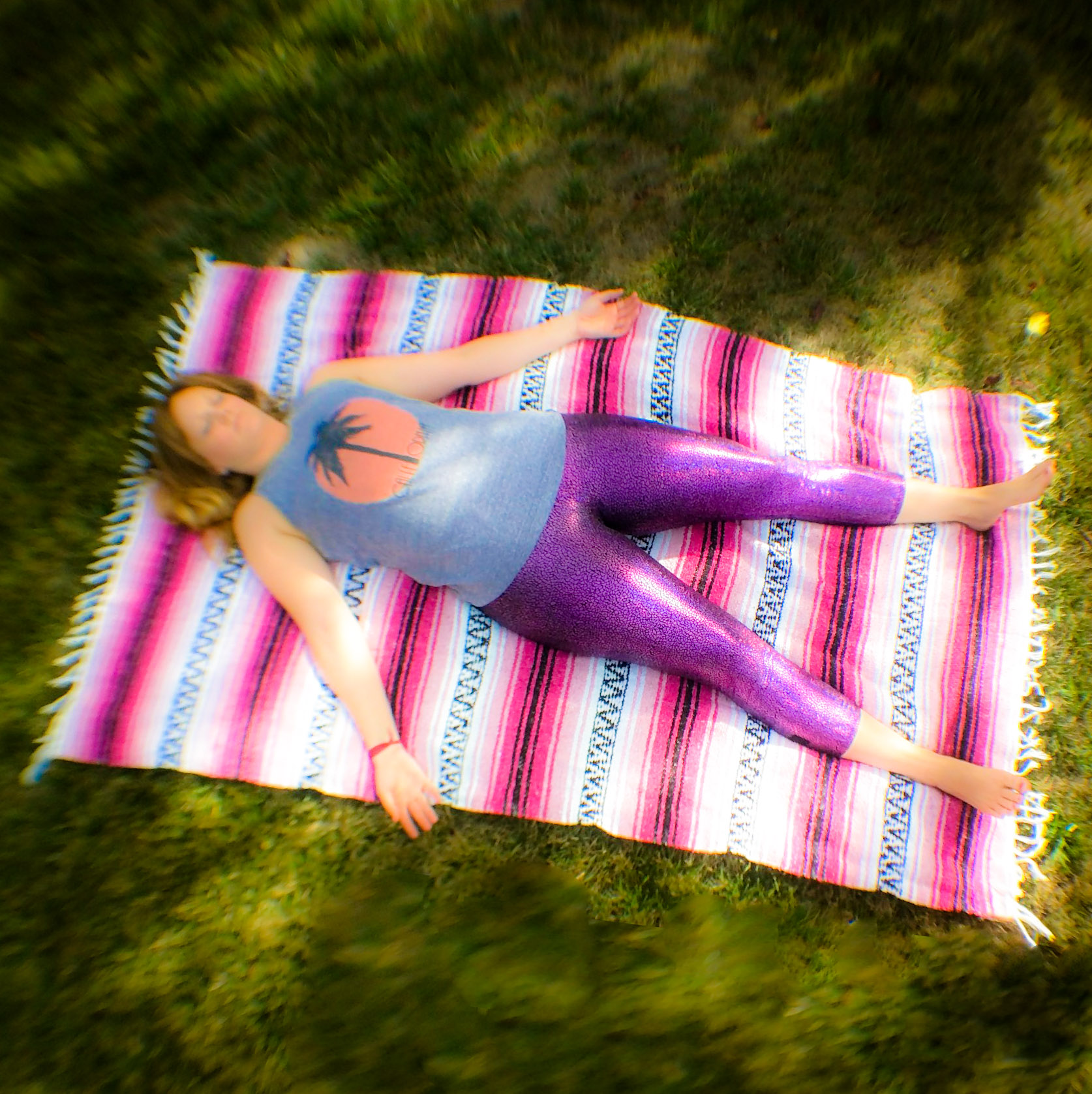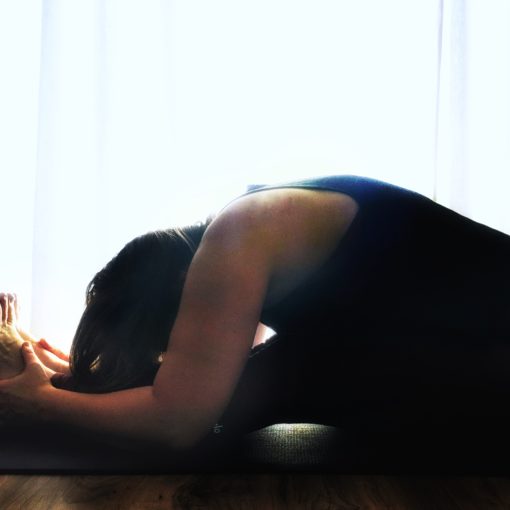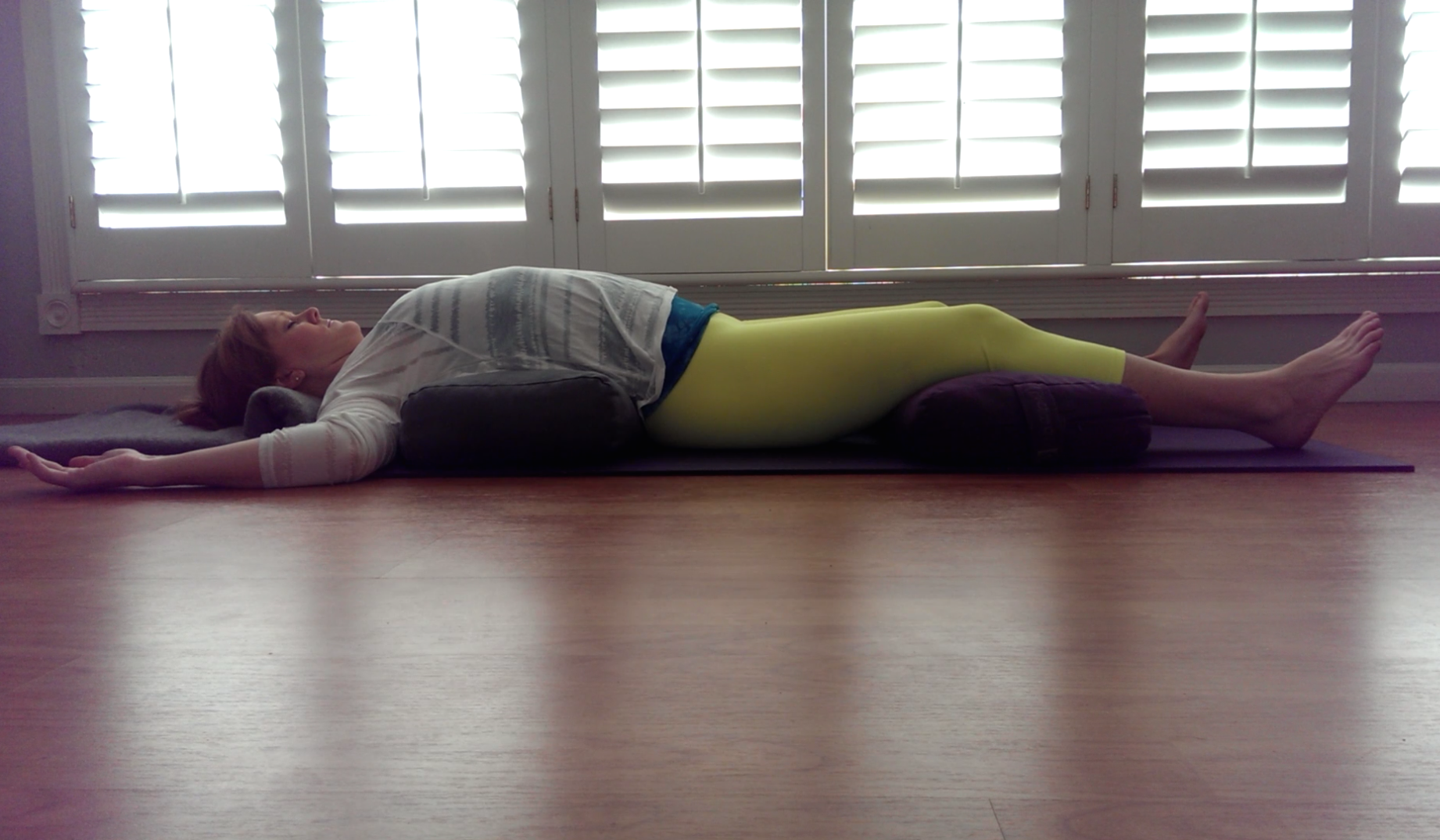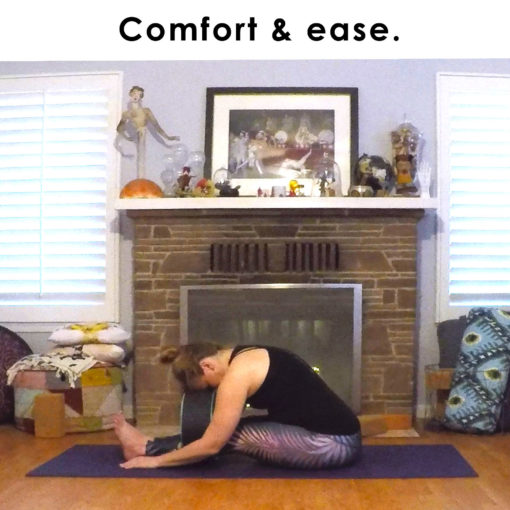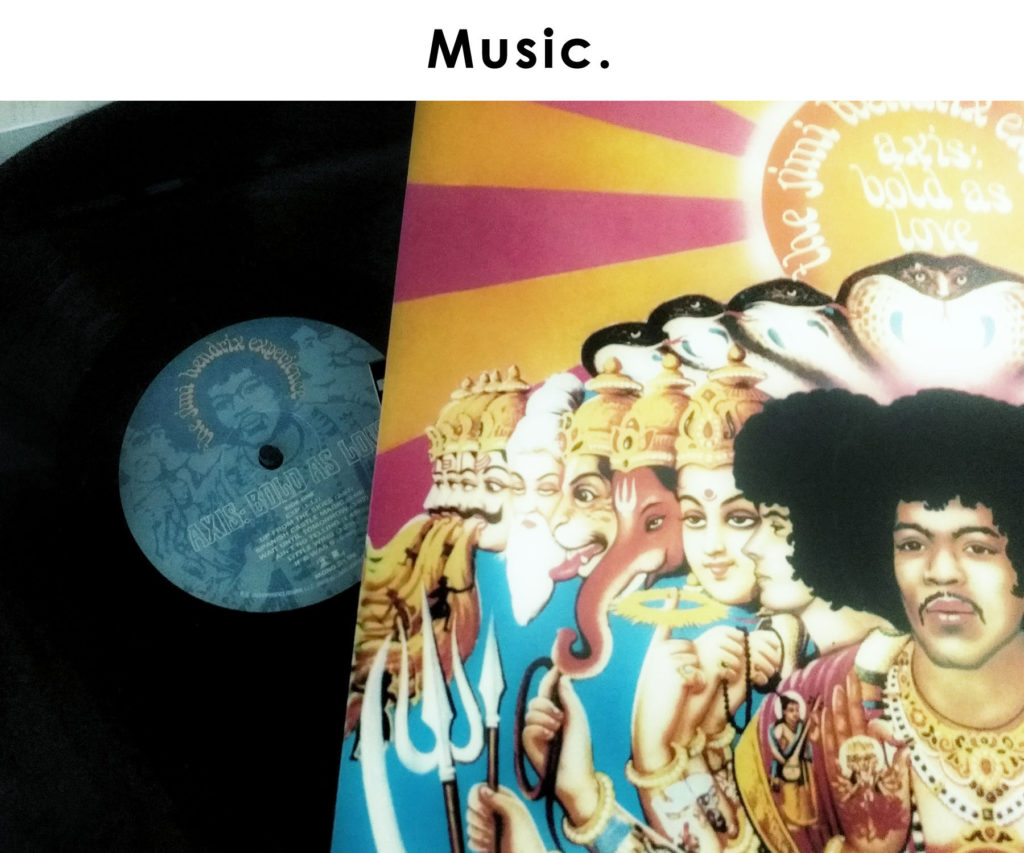
I once had someone say to me, “You know music.” I found it funny, because I don’t know the first thing about music from any official viewpoint. I couldn’t break it down for you into styles, tell you what instruments are playing – I have literally zero musical education. But yes, I know music. I know what I like. I was raised in households who loved to play music, tap their toes, dance a little diddy, and blessedly who were open to listening to new things at least once. Hence, I know music. I can identify the tiny sounds that make me happy and lift my spirit. As I craft my playlists I’m not bound by genre, rather by those things that resonate with me, those sounds that fit together in my head.
Music moves you, figuratively and literally. That’s where it gets tricky. Building a playlist for your yoga practice is hard enough. Building a playlist for a class, where you bring in so many viewpoints and reactions to a very subjective medium, is even harder. So why have any music at all? The beat of the music is a terribly easy way to coax a single body or an entire group to do what you want them to do. You want to relax and be calm? Then you find the music to induce that feeling. You want to pick it up and move through a flow quickly? Then pick music that will get the brain, breath, and heartbeat moving at the pace you want to move at. That’s the great thing about sound – it transcends language, communicating with your brain directly. As you hear a sound, your brain emits an electrical charge in response. If you hear a rhythm, the electric charge the brain receives begins to resemble that rhythm, synchronizing the brainwaves and shifting your mental state.
Music engages the parts of the brain responsible for attention. As we move through this practice, you’ll begin to notice that the most important piece of yoga for me at this point of my life is listening. Paying attention. Hearing what the body and the mind has to tell us. Continually developing a deeper awareness of my own being, and thus an awareness of the world surrounding me. Music, and especially, the quiet spaces between beats and songs, helps us focus our attention.
There are some rules, of course. If you play jarring music, music that is too upbeat, your brain still mimics the beat, but instead of keeping you in a state primed for awareness, you’re taken to a state of high alert.
When I first started making yoga playlists, I only used music that had no lyrics, or lyrics I didn’t understand, because I didn’t want to be distracted or start singing. Similarly, I didn’t want to be bopping about in shoulderstand to a good beat. These days I’ve relaxed a bit on the lyrics, partially because teaching in the Bay area means I normally have students that can understand lyrics of another language, and I’d rather know what is being said to ensure it doesn’t have any blatant meanings I don’t want to bring into the practice room. However, I still stick with a lot of instrumentals, and over time I’ve introduced some mantra-based tunes to the practice. Ultimately I try not to stick too much with one genre or artist, and I try to keep songs to a shorter length so that if a person doesn’t care for the tune, they’re not inundated with it for the next 75 minutes. As I said in the beginning, music is so subjective, something I’m very sensitive to, as there are some songs that can make me bawl within 30 seconds or so. The reward of having a sensory input that might possibly deepen our awareness, calm us, invigorate us, a sensory input that is tied to areas of our brain that control attention, memory, emotion, and movement, a sensory input that renews the brain, creating new neural pathways… it’s worth the extra effort to take the time to create the soundtrack that carries you through your practice. It’s like having the perfect prop the entire length of your practice if you get it right.
For Flow & Hold®, there’s a definite arc to the practice, but there’s also ebbs and flows throughout because I like to alternate between exertion and relaxation. So my music will start softer, more instrumental, and then slowly it will begin to find more of a beat, quickening the pace as I move toward the 15 minute mark. Twenty minutes or so in, as I flow, I generally move quickly, so the fastest paced songs will start to show up in the playlist. Around 30 to 35 minutes in the pace depends on the poses I start to move into for longer holds. If they’re poses I need to play with a bit more, or huge openings such as backbends, then the music might stay a bit upbeat. Something that will be steady, still, moving inward, the beat slows. As I head to savasana, mantra may wind its way in, or music that contains the sounds of nature, an instant soother for us humans.

